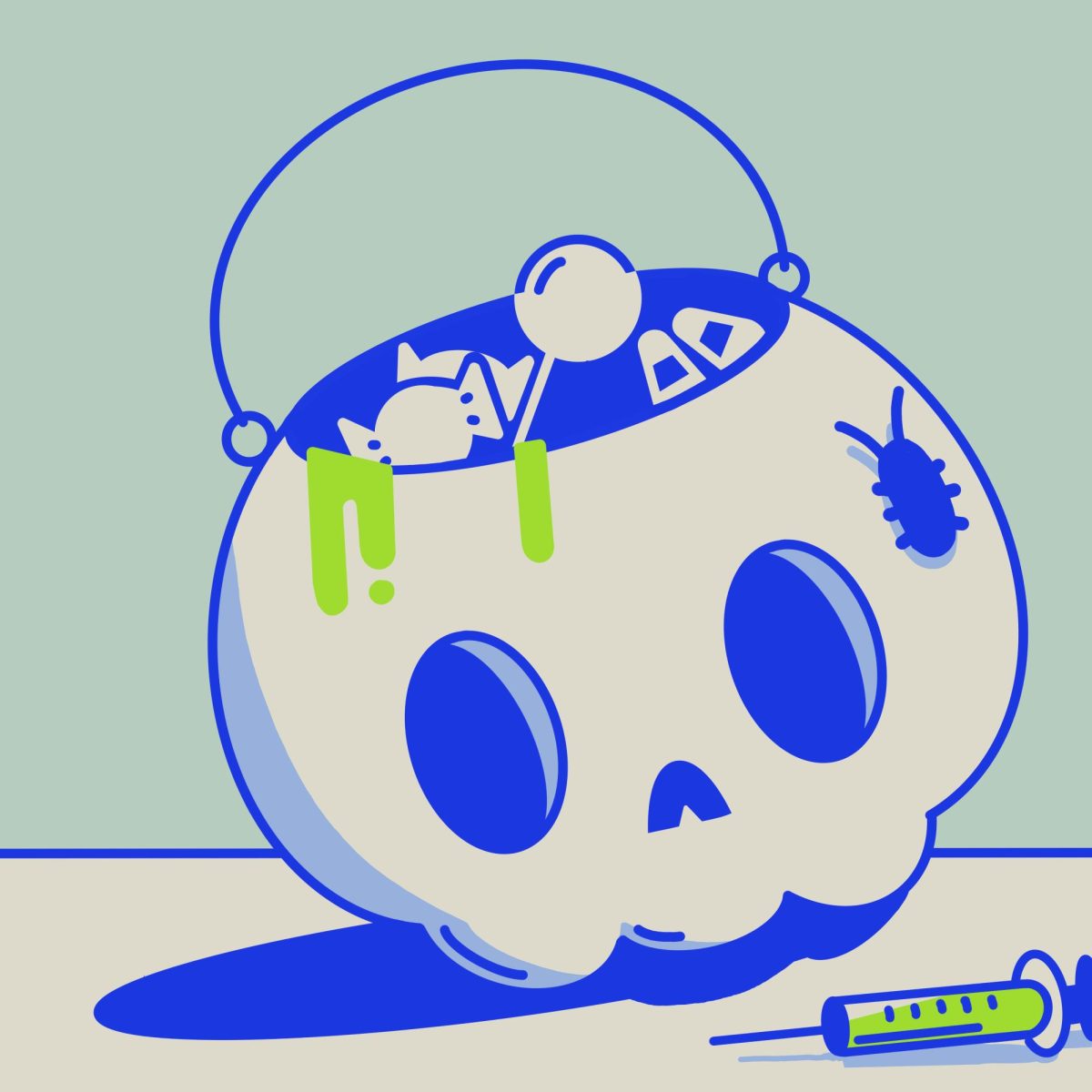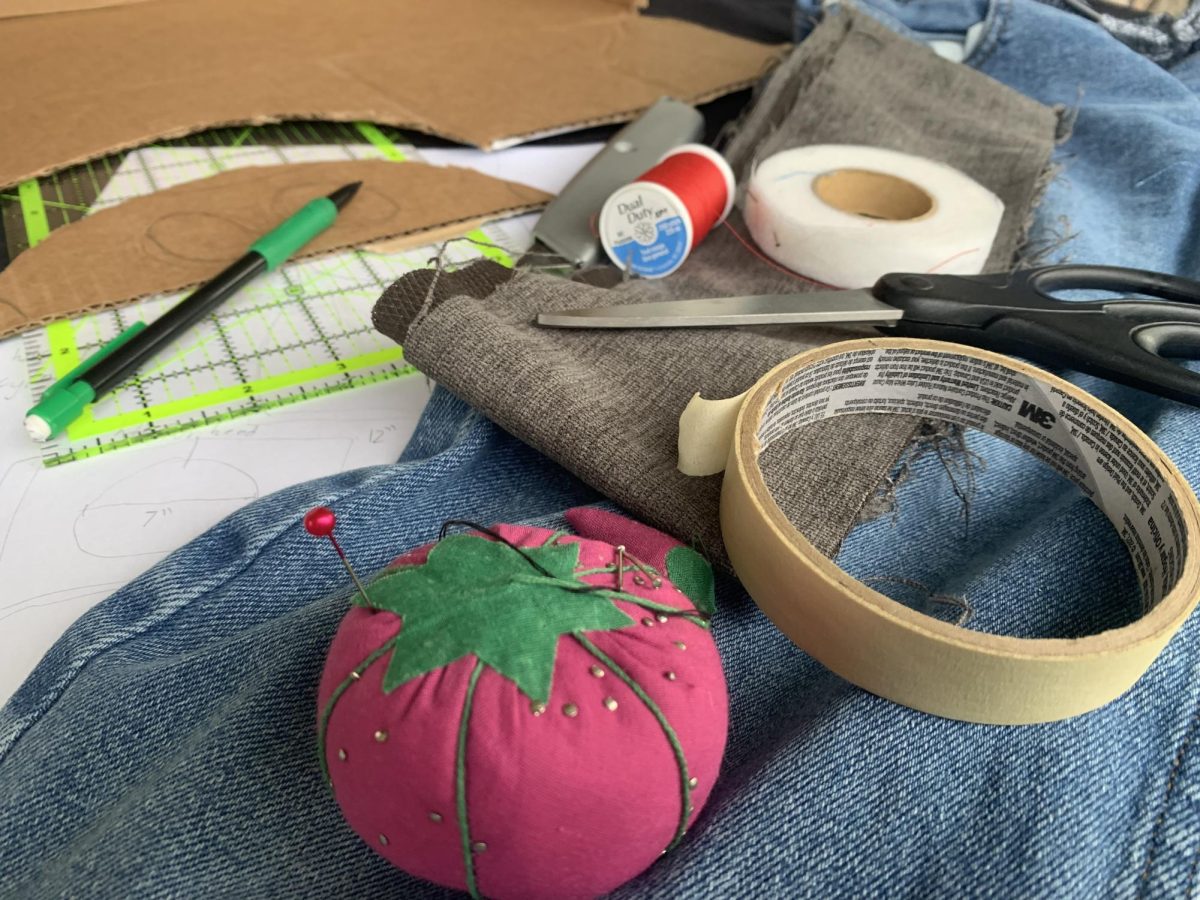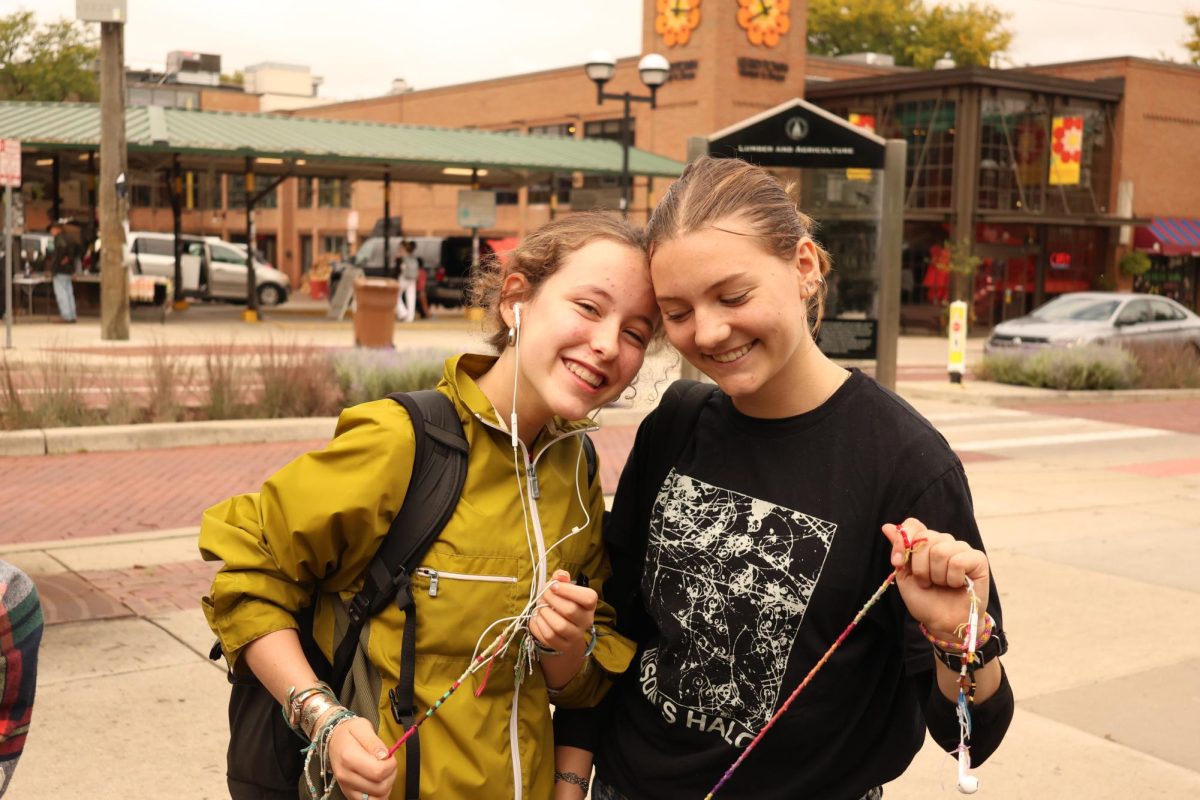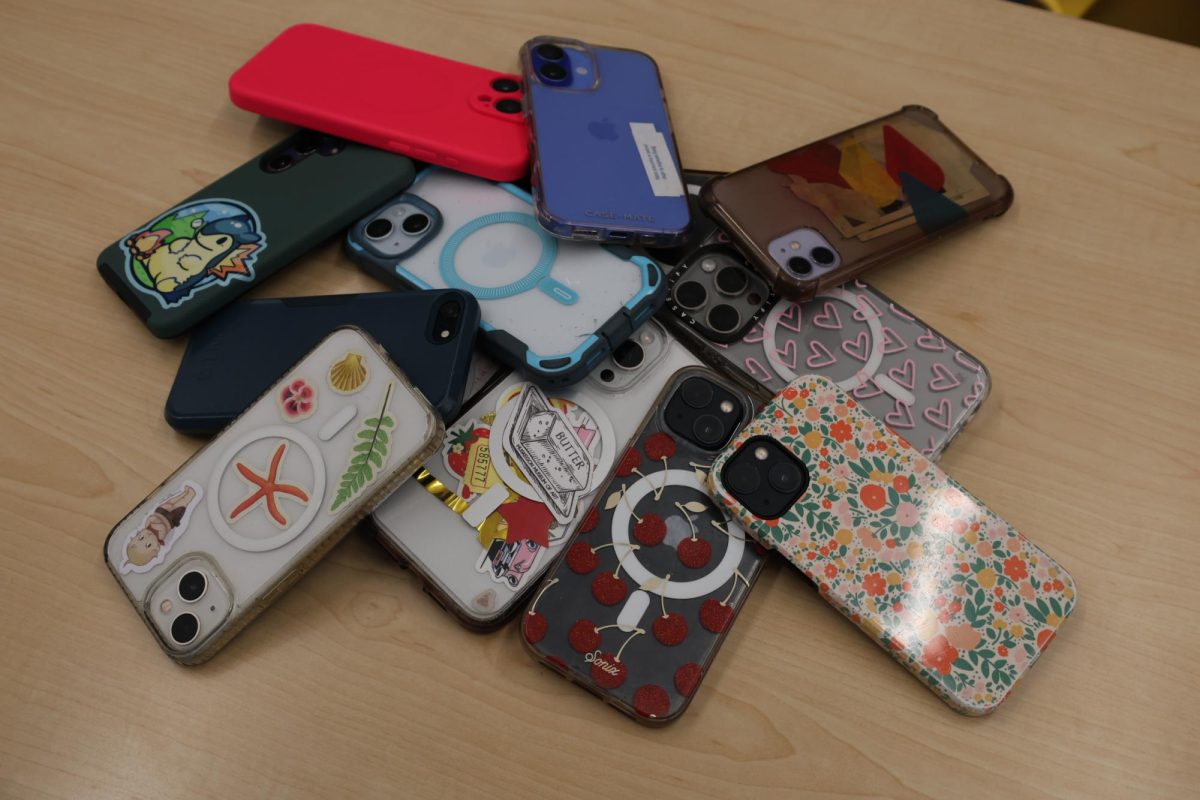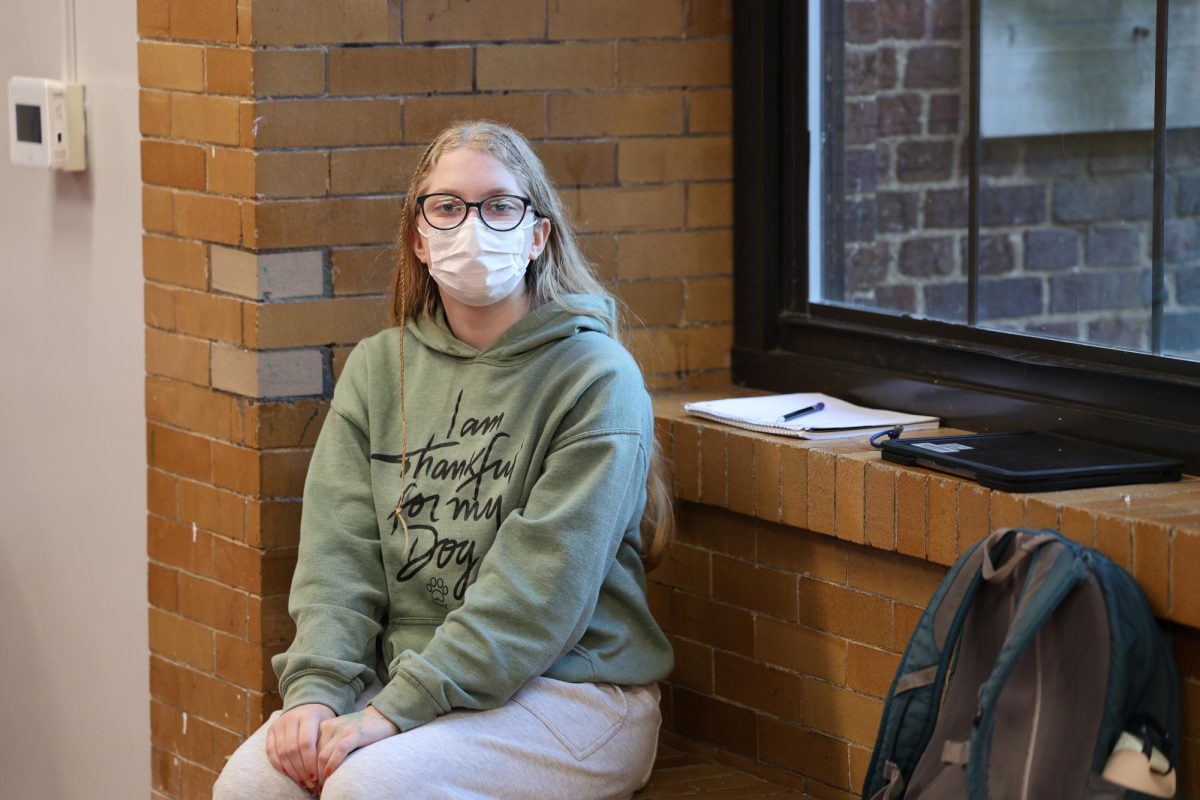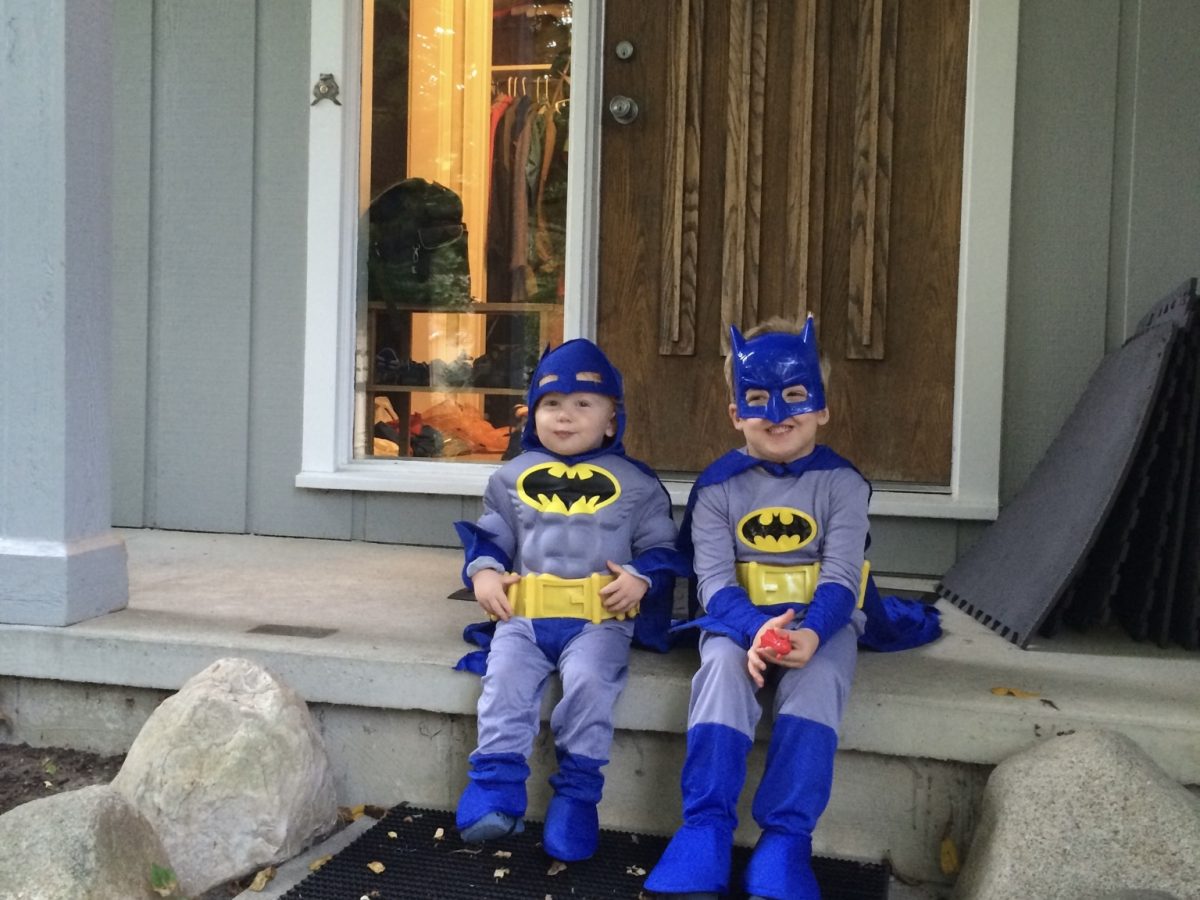The urban legend of Halloween candy tampering has haunted parents for decades, yet the evidence supporting widespread candy tampering is nonexistent. Despite its persistence in the public consciousness, the myth has been widely debunked. Focusing on this exaggerated fear steals attention from the real risks that children face on Halloween.
The myth gained traction in the 1960s and 1970s, a time when anxieties about urban crime were on the rise.
“Over the past quarter century, Americans have concluded that vulnerable children are being routinely endangered by adults,” sociologist Dr. Gary Alan Fine explained in Psychology Today. He further explains that societal fears about threats to children, from poisoned Halloween candy to abductions, have contributed to a “moral panic,” where isolated incidents are often seen as a trend. While fear of candy tampering had existed prior to this era, the myths were more vague and lacked documented evidence.
Sociologist Joel Best conducted a study analyzing reports of Halloween candy tampering between 1958 and 1983. He found that the vast majority of these reports were either unverified or proven to be hoaxes. Many cases of children who claimed to find tampered candy were later revealed to have fabricated their stories, often as pranks or to explain unrelated incidents. The interaction between fear and the desire for attention has led to misleading narratives that feed the myth.
Snopes, a well-known fact-checking site, defines a true case of “poisoned candy has to be handed out on a random basis to children as part of the trick-or-treating ritual inherent to Halloween. The act cannot be targeted at any one specific child.” Based on this criteria, the fact-checking site Snopes reports that no verified cases exist of poisoned Halloween candy being distributed randomly with the intent to harm children. This is not to say that there has never been candy tampered with and distributed to children, only that all documented cases involved specific, targeted incidents rather than random distribution. In these cases, the tampered candy was meant to harm an individual child rather than being handed out broadly to trick-or-treaters.
However, there have been extremely rare cases of accidental distribution of dangerous substances to children, such as an unusual incident in Hercules, California, in 2000 when trick-or-treaters came home with packets of marijuana disguised as miniature Snickers bars. Concerned parents reported the situation to the police, who traced the source to a specific house. Upon questioning the homeowner, authorities determined that they had no knowledge of the contents of the candy given out that night. Drug users are unlikely to distribute them to children, as they have little incentive to do so and there are serious consequences involved. It’s important not to take this as a common occurrence or to fear for children’s safety during Halloween.
One infamous case, often incorrectly cited as an example of Halloween candy poisoning, involved an eight-year-old boy named Timothy O’Bryan, who passed away after consuming cyanide-laced candy in 1974. However, the perpetrator was not a random stranger, but his own father. Ronald Clark O’Bryan laced the candy in an attempt to collect life insurance money. This case, while horrifying, cannot be generalized to the broader Halloween experience.
Children who fabricate stories are not entirely to blame, as the media’s role in this moral panic cannot be overstated. Sensationalized news stories, especially during the 1980s, spread like wildfire across the country and encouraged parents to inspect or even discard their children’s candy. For instance, in 1983, advice columnist Abigail Van Burren (Dear Abby) warned that “somebody’s child will become violently ill or die after eating poisoned candy or an apple containing a razor blade.” Her sister Ann Landers spoke on the same concern in 1995, claiming that “people with twisted minds [were] putting razor blades and poison in taffy apples and Halloween candy.” Additionally, The New York Times reported on individual cases as a widespread trend in 1970, recommending that children only trick-or-treat at the homes of people the family knows. Such media coverage not only fueled the public hysteria but shifted the focus away from the actual dangers children face in today’s world.
In reality, children are much more likely to be hit by a car or cut carving pumpkins than poisoned, and by focusing our attention on the actual risks, Halloween can become a safer holiday for children. A 2019 study from JAMA Pediatrics found that kids under 18 face triple the risk of being struck and killed by a car on Halloween compared to other days. For children aged 4 to 8, the risk of being hit and killed by a car on Halloween is 10 times higher than that of older children. The Consumer Product Safety Commission ranks tripping or falling as the second most common Halloween injury. Poorly fitted costumes, especially long ones, and costume masks often contribute to these accidents. Additionally, pumpkin carving consistently causes more injuries than other Halloween activities, according to the US Consumer Product Safety Commission. Last year, 41% of the estimated 4,500 Halloween-related injuries reported in October and November were tied to pumpkin carving. The thought and effort being put into preventing children from consuming tampered with candy could be used to implement car-free zones and open street programs, making sure children have safe pumpkin carving tools and well-fitting costumes.
In the vast majority of reported tampering cases, the findings are proven to be hoaxes or misunderstandings. For instance, some claims of finding needles or sharp objects in candy were later found to be placed there by the children themselves. In one case from 2015, a boy in Minneapolis reported finding a needle in a candy bar, but he later admitted to fabricating the entire story.
The longstanding myth of Halloween candy tampering is a classic example of how fear can cover reality. The overwhelming evidence debunking this urban legend proves it is more fiction than fact. While a few isolated cases of candy tampering exist, the majority have been revealed as hoaxes or misunderstandings often perpetrated by the very children we aim to protect. Families should not allow themselves to be paralyzed by unfounded fears. In a world filled with many dangers, it is time to shift our focus to the more prominent risks. The treats that fill children’s baskets every year should be a source of excitement, not fear.



